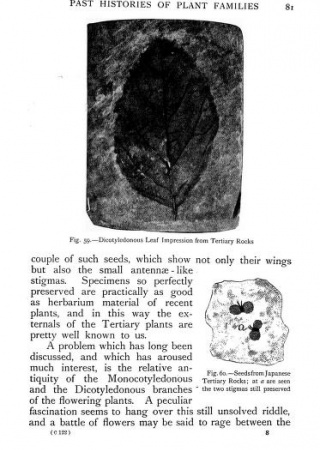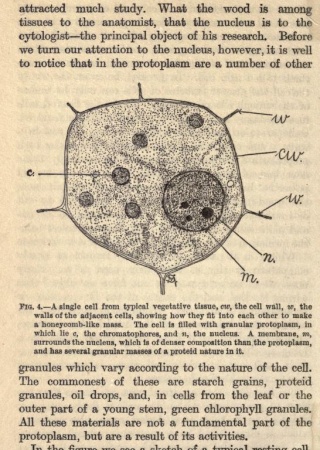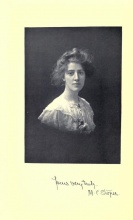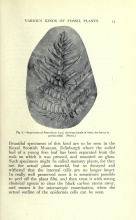Marie Carmichael Stopes
- Marie was the youngest person, male or female, to receive her D.Sc. from University College of London?
- She considered joining an Antarctic expedition with Robert Falcon Scott (an Antarctic explorer) to see if there was evidence to prove the existence of Pangaea, but reluctantly decided against it and he promised to send her any relevant fossils?
- It was lucky that she did not go with Scott, as he and his companions died there in 1912—but next to their bodies were found fossils supporting the theory of Pangaea?
- During WWI, Marie studied coal for the British government, and wrote Monograph on the Constitution of Coal with R.V. Wheeler in 1918?
- Marie’s classification for coal is still used today?
- 1880 Marie is born in Edinburgh, Scotland; her family moves to London when she was a baby.
- 1892-1894 She attends St. George’s School for Girls, followed by North London Collegiate School.
- 1902 Marie receives her B.Sc. from University College London; she immediately receives her D.Sc. from the same institution.
- 1903 She publishes a paper on the botany of the dried-up Ebbsfleet River.
- 1904 Marie receives her Ph.D. from the University of Munich in paleobotany.
- 1904-1907 She lectures at the University of Manchester.
- 1907 Marie goes to Japan to study fossil plants in coal mines, and in 1910 she spends a year and a half at Imperial University Tokyo (the same year she publishes Journals from Japan, a daily record of life as seen by a scientist).
- 1910 Marie is hired by the Geological Survey of Canada to date a structure called the Fern Ledges; Marie gets engaged to Reginald Ruggles Gates.
- 1911 She does geological fieldwork in Canada and studies geological museum collections, shipping her own specimens to England to be identified; she marries Gates.
- 1912 She determines the Fern Ledges were from the Pennsylvanian period of the Carboniferous (her results are published by the Government of Canada in 1914).
- 1923 Marie stops publishing scientific work in favor of successful activism in women’s rights (especially concerning marriage and birth control).
- 1958 Marie passes away.
Marie Carmichael Stopes (1880-1958) was born in Edinburgh, Scotland. Her father, Henry Stopes, was involved in various trades, including paleobotany. Her mother Charlotte Carmichael Stopes, was a scholar and women’s rights advocate. Marie’s parents moved to London when she was a baby, and as she grew up, they brought her to their meetings at the British Association for the Advancement of Science. Marie met many scholars there, and after a period of homeschooling, she attended St. George’s School for Girls (1892-1894) and North London Collegiate School.
Marie then went to University College London on scholarship, studying botany and geology, and receiving her B.Sc. in 1902. Immediately after, she received her D.Sc. from the same institution, and went on to receive her Ph.D. from the University of Munich in paleobotany. She became the first female academic at the University of Manchester in her role as lecturer (1904-1907). She spent much of her time at Manchester trying to prove Eduard Suess’ theory of Pangaea (a.k.a. “Gondwanaland) by studying coals and ferns. Her contributions to science include helping to further understand early angiosperms and the formation of coal balls. She became involved in women’s rights later in life and passed away in 1958.




